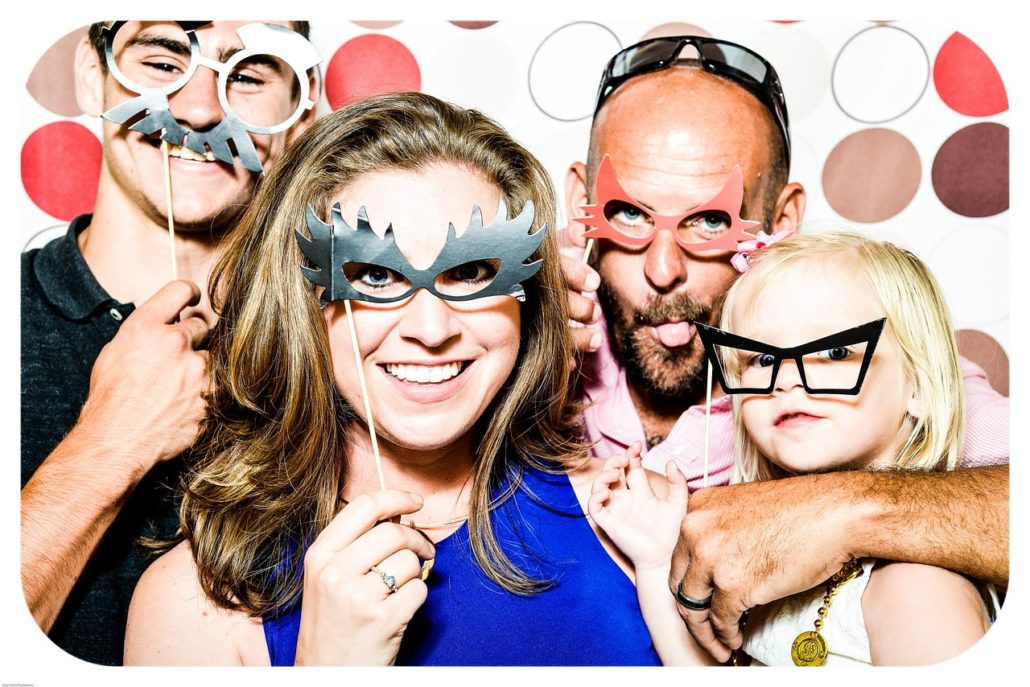What you need to know about the medical model vs social model
Our view of the world and perception of others affect our behaviour. Now, imagine what it’s like to have others perceive you as being abnormal or broken. Would they behave differently toward you? Of course, they would. The medical model vs social model of disability focuses on a community’s perception of people with a physical, sensory or learning impairment.
The medical model looks at deafness as a disability that needs to be fixed via medical treatments or surgical intervention, while the social model sees deaf people as experts on their own requirements, believing they should be respected and valued as individuals.
Unfortunately, the medical model continues to be the dominant framework for understanding disability. In this article, I explain more in-depth about the differences between these two models with regards to deafness and what we can do to reframe peoples’ view of us.
What is the medical model of deafness?
The medical model views being deaf or hard of hearing as a problem that belongs to the individual. It is not seen as an issue for others, just the individual affected.
For example, if a deaf person loses their credit card they can’t use a phone to call the bank, so they are restricted in what they can do. If that deaf person is at home, they might be able to use Text Relay to call the bank. If they aren’t at home, they can’t. Not everyone has a textphone or a minicom at home as an analogue landline is needed. Next Generation Text Service (NGTS) is the newer version of Text Relay but it has been too difficult for some people to use. Text Relay is very slow, and not all companies accept it, some don’t like third party calls. If the bank refuses to speak to the deaf person over Text Relay, what can the deaf person do? They are restricted. This is a medical model.
Personally, my own mortgage company won’t speak to me using Text Relay, I have to ask my financial adviser to speak to them, and they will then speak to him, and he relays the message to me via email.
Understanding the social model of deafness
This model suggests that a disability only occurs when a deaf person is excluded due to their deafness. The model embraces deafness as a unique difference, and thought is given on how people can participate in all activities and not be excluded.
For example, if the deaf person has access to web chat or SMS and the bank provides access in this way, the deaf person’s disability effectively ceases to exist. This is the social model.
The primary differences between the medical model vs social model
Medical Model
The focus is on the disability.
Views disability as a personal problem that needs to be fixed.
Difficulties based on disability are the responsibility of the disabled person.
The disabled person should adapt to fit into society.
Labelling people as being disabled.
Social Model
The focus is on the individual.
People with disabilities are seen as a valuable part of the world.
It’s the responsibility of businesses and society to reduce and ultimately remove barriers.
Society should adapt to include disabled people in all activities.
Identifying barriers and developing solutions.
What needs to happen to affect change permanently?
Being labelled as disabled because you are deaf automatically places you in the medical model, even though that’s not how you see yourself. The first step in shifting society’s perspective from a medical model to a social model is by making people aware of these models and their differences. By acknowledging this divide, discussion will be triggered, hopefully forcing businesses and deaf unaware people to make adjustments in the way they interact with the deaf and hard of hearing community.
It’s not about deaf peoples’ feelings getting get hurt, people’s jobs are affected by the medical model. For example, a deaf employee may not be able to use the phone to speak with customers, so they are restricted in their job. They then have to depend on hearing colleagues make phone calls for them.
A great way to change this is to encourage more meetings between deaf and hearing people, with the hope that it will help hearing people realise that deaf people are just like everybody else.
I lead a Walking for Health group of hearing people, and some have said they never really had a chance to meet anybody deaf and since meeting me they know there is nothing to be afraid of especially with those who can talk and lip read. – Victor Markham
What can we do to change society’s views of deaf people?
Every person and company has the opportunity to effect change. The National Deaf Children’s Society is taking on deaf apprentices to become role models for other deaf young people, boosting their confidence and equipping them to find employment.
If you’re a manager and have deaf employees, you might want to meet with them and find out how employee communication and meetings can be improved, if handouts during presentations should be adapted, and what you can do to help them grow in their career.
If you plan events, conferences or lectures, consult with deaf and hard of hearing people before you start organising and find out how you can make the event more accessible. You can get our e-book ‘The Ultimate Guide to Running Successful Events for Deaf People’ by signing up for it on our website, then you’ll be sent a link to download the e-book.
The medical model sees a deaf person as a problem that needs to be adapted to fit into the hearing world. This outdated view needs to be abolished. Deaf people have evolved their own society, to manage their problems and provide opportunities for other deaf people to fulfil their potential.
Within the medical model, society remains unchanged; by adopting the social model, society evolves. Everyone is an individual and should have the same amount of access to information, meaningful jobs and entertainment.
If you’re ready to evolve your business and want to book communication support for the workplace, contact us for a free demonstration.





Leave a Reply
Want to join the discussion?Feel free to contribute!